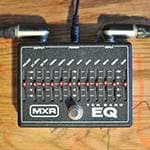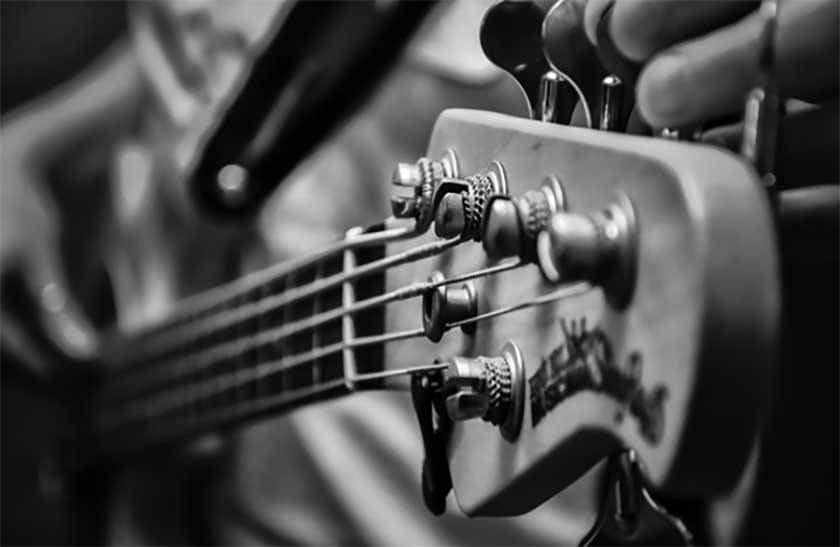
Hello! I'm Kaoru, a composer!
Today, I'd like to talk about the "nut" used in guitars and basses. The nut often tends to be overlooked, but it’s a crucial part that directly impacts the look, sound, and playability of the instrument.
On top of that, as you keep playing, the nut gradually wears down, making it a "consumable part." If you haven't paid much attention to it before, take a moment to check the nut on your guitar before continuing with this article!
What is the Nut?
The nut is a part located near the end of the neck, where it holds the strings in grooves, helping to keep them stable and in position. Because it’s constantly in contact with the strings, it greatly influences the vibration of the strings—and therefore, the sound quality.
Although it may seem like a minor component, the nut is actually very important. The part itself is affordable and easy to replace, so be sure to check it regularly!
Nut Materials and Their Characteristics
There are actually many different types of nuts, each with its own unique properties. To help you decide which one might be best for your instrument, let’s go over the characteristics of each type!
Plastic
Plastic is the most commonly used synthetic material for nuts and is familiar outside of the music world as well. It’s known for its flexibility (easy for anyone to shape), consistent quality, and low cost. Since it’s a synthetic material, it’s widely available and doesn’t go out of stock, making it easy to source.
In terms of sound, it offers a stable tone without any odd quirks. However, it’s more prone to wear and tear, so it wears down faster. Regularly check your plastic nut and consider keeping a spare on hand.
Delrin
Delrin is a resin-based material similar to Delrin acetal (also known as "Delrin" or "Duracon"). Its key characteristics include ease of processing and flexibility. Delrin nuts produce a warm, slightly soft vintage sound, making them a distinctive choice often found in vintage Les Pauls. The unique tone it offers is one-of-a-kind.
Additionally, Delrin has a smooth surface that enhances tuning stability, as strings can slide more easily across the nut without snagging.
Corian
Corian is an acrylic-based synthetic stone developed by the American company DuPont. It’s a somewhat rare material for nuts and is often used in acoustic guitars. Because it’s not widely known, some people may be unfamiliar with it.
In terms of sound, Corian provides a balanced tone that isn’t overly dominant, allowing it to blend well in a variety of ensemble settings.
TUSQ
TUSQ is an artificial ivory material developed by the American company Graph Tech. Its main features include consistent quality and ease of processing. In terms of sound, TUSQ provides rich overtones and excellent sustain, closely resembling the tonal qualities of natural ivory.
Bone
Bone is the most popular natural material for nuts, crafted from cow bone as the name suggests. It offers a bright, crisp sound with excellent note separation, making it a favored choice for its natural resonance and tonal clarity.
Brass
Brass is a metal material known for its excellent sound conduction and is widely used in various instruments, including brass wind instruments. One of its main features is that it minimizes the tonal difference between open strings and fretted notes.
Carbon
Carbon, widely used in industries like automotive manufacturing, is known for its high durability and resistance to wear from string friction. This low friction makes techniques involving movement, such as whammy bar use and string bending, much smoother.
Like brass, carbon is extremely hard and difficult to work with, so fine adjustments can be time-consuming.
Locking Nut
The locking nut, popularized by companies like Floyd Rose, secures the strings in place by tightening screws. This design helps keep the tuning stable, making it ideal for players who frequently use the whammy bar or perform aggressive bends.
However, installation requires modification to the nut slot on the neck, so be sure to keep this in mind!
Tools Needed for Nut Replacement
- Nut Slotting File Set – Specialized files for shaping the nut slots.
- Sandpaper (for fine adjustments)
- Rubber or Plastic Hammer
- Wood Block (for support while tapping the nut)
- Pliers or Needle-nose Pliers
- Design Knife or Precision Cutter – For making precise cuts.
- Super Glue (for securing the new nut)
- Vise (handy but optional)
Most nuts sold at music shops are intended to be adjusted, so it's best to assume that adjustments will be necessary to get the perfect fit.
Next, let’s pick out some recommended items available at Soundhouse!
These are specialized tools for adjusting the nut slots. Although they may not be used frequently, they’re durable and can last for many years, making them a worthwhile investment.
Be sure to purchase a set that matches the gauge of the strings you use on your guitar!
BIGBENDS / Nut Sauce Groove-Luber
This is the ultimate nut lubricant for stabilizing tuning. It can be applied not only to the nut but also to saddles, string guides, and other metal parts, helping extend string life and significantly improve tuning stability.
Simply apply a small amount to the contact points between the strings and parts—anyone can do it! If you're struggling with tuning stability, try this before replacing tuning pegs.
One bottle will last quite a while, making it a cost-effective solution!
MUSIC NOMAD / MN664 Nut File .105"
This nut file is designed for ease of use and high durability. The solid handle allows for precise control, helping you create straight, accurate slots.
Additionally, the file itself is replaceable, making it a long-lasting tool.
That wraps up our discussion on nuts! For those who are particular about sound, experimenting with different nut materials can be a rewarding way to find your ideal tone.
Keep in mind that nut replacement and slotting require skill and experience. If you’re uncertain about doing it yourself, don’t hesitate to take your instrument to a repair shop.
The column “sound & person” is made possible by your contributions.
For more information about submissions, click here.





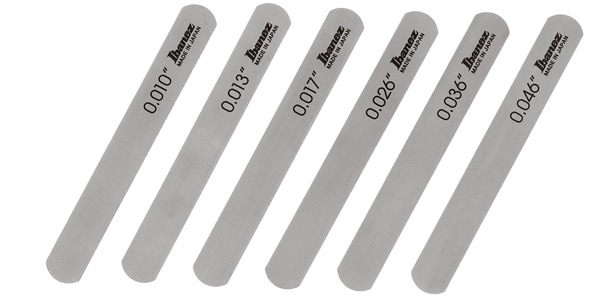
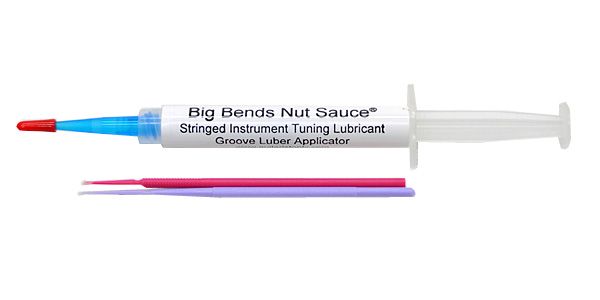
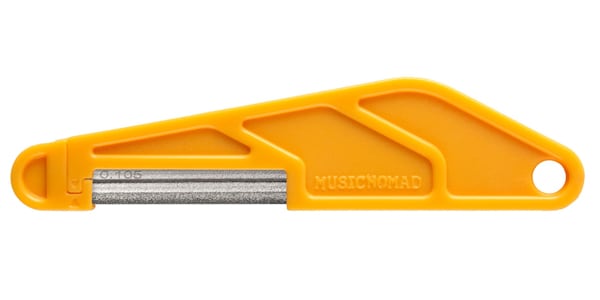




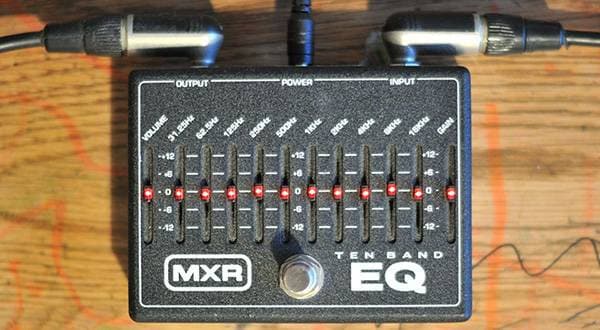


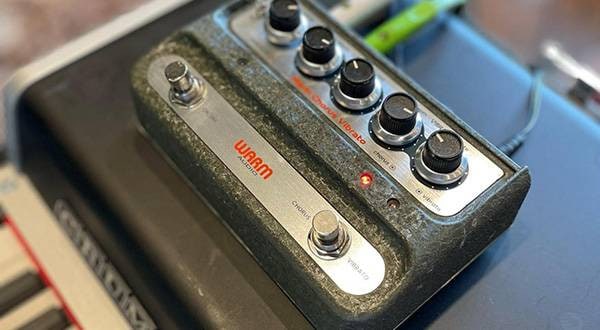


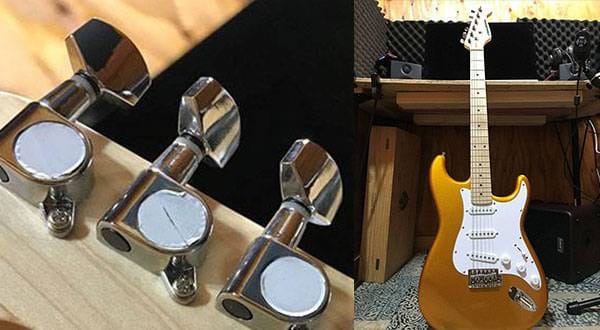
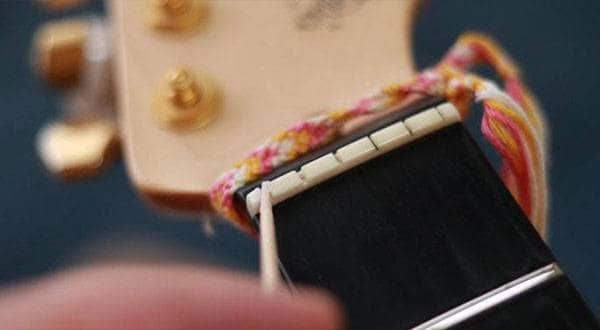
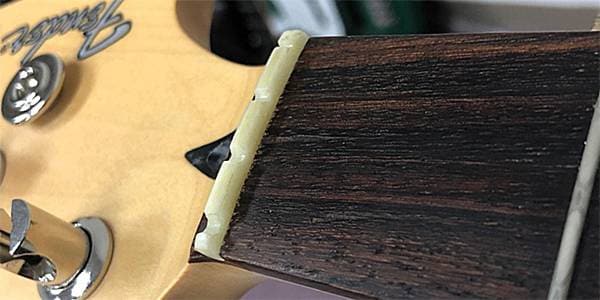
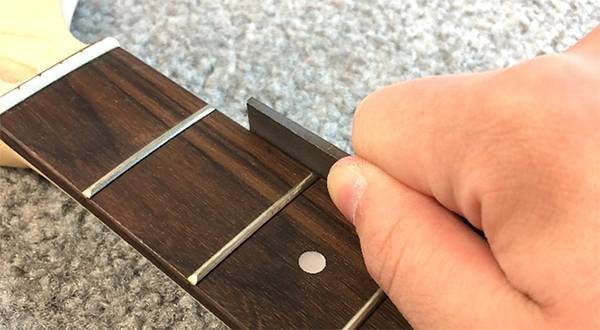
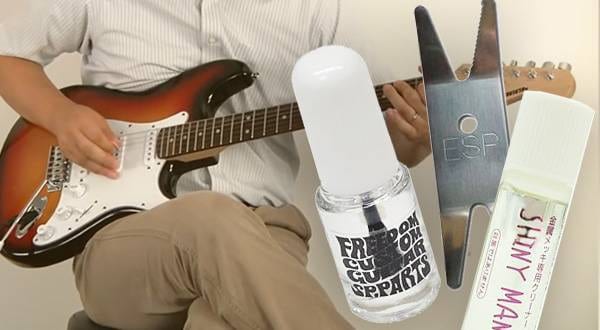
 バンドあるある相談
バンドあるある相談
 DIY ギターメンテナンス
DIY ギターメンテナンス
 ベースのクリーニング方法
ベースのクリーニング方法
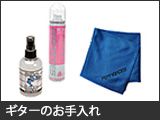 ギターのお手入れ
ギターのお手入れ
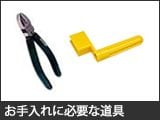 お手入れに必要な道具
お手入れに必要な道具
 サウンドハウス虎の巻 !
サウンドハウス虎の巻 !
